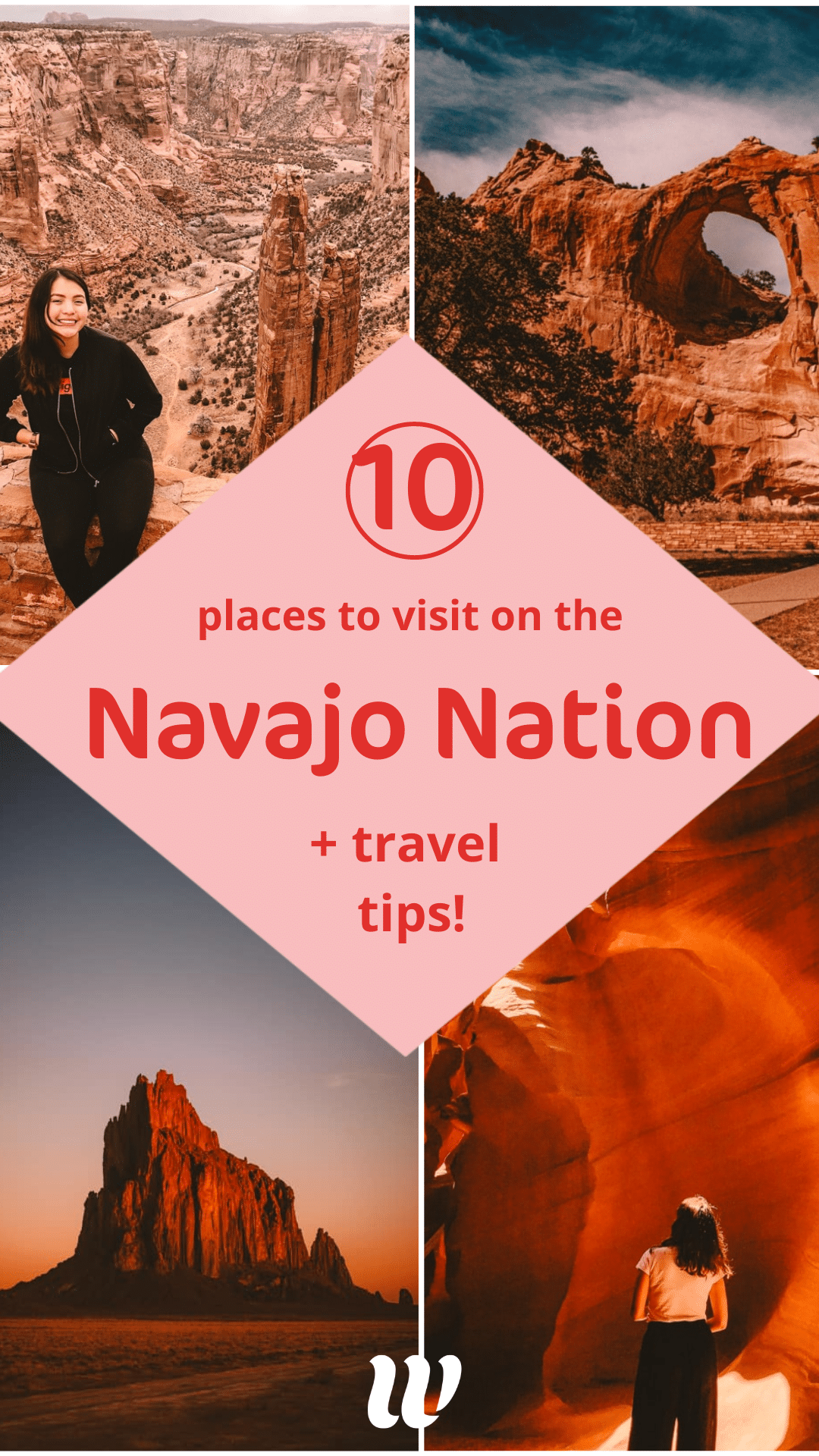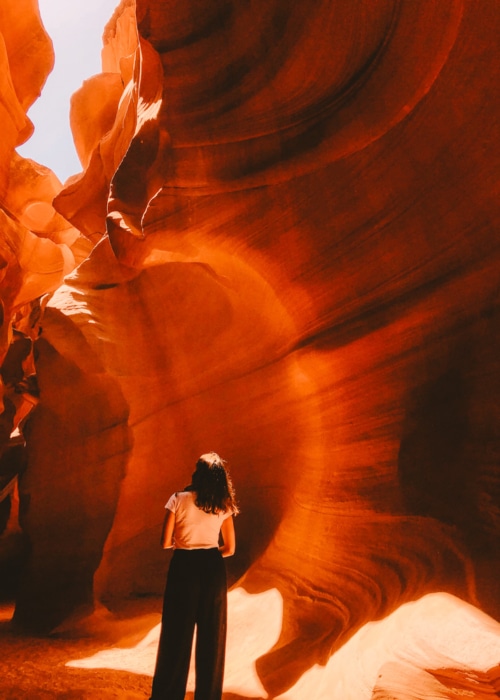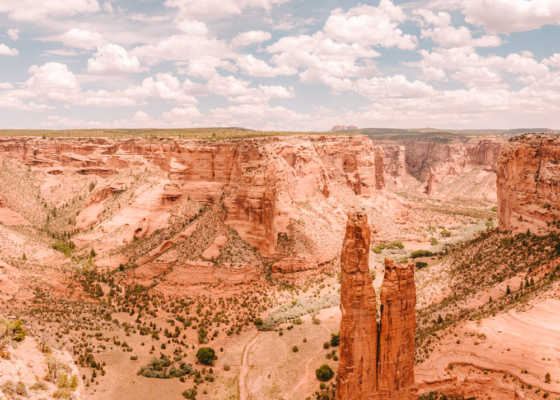
Navigating Navajo Nation: A Guide to Respectful Engagement and What to Avoid
Visiting Navajo Nation, the largest Indigenous reservation in the United States, offers an unparalleled opportunity to immerse oneself in a rich, vibrant culture and breathtaking landscapes. From the iconic red rock formations of Monument Valley to the spiritual depths of Canyon de Chelly, the Diné (Navajo people) welcome visitors to share in the beauty of their ancestral lands. However, this is not just another tourist destination; it is a sovereign nation with its own laws, customs, and deep-seated spiritual beliefs. To ensure a meaningful and respectful visit, understanding and avoiding certain behaviors is paramount. This guide cuts directly to the essential "don’ts" to help you navigate Navajo Nation responsibly.
1. Do Not Disrespect Sacred Sites and Practices
Navajo Nation is replete with sites of profound spiritual significance. Many rock formations, canyons, and specific geographical features are considered sacred, imbued with stories, ceremonies, and the presence of ancestors.
What to Avoid:
- Treating all locations as mere photo opportunities: While the scenery is stunning, remember that a beautiful vista for you might be a sacred ceremonial ground for the Diné.
- Entering private or restricted areas without permission: Many areas are not publicly accessible and require specific permits or a Navajo guide. Trespassing is illegal and highly disrespectful.
- Interrupting or observing ceremonies without invitation: Traditional ceremonies, dances, or healing rituals are private and sacred. Never attempt to photograph, record, or intrude upon these events.
- Collecting artifacts or disturbing natural formations: Removing rocks, pottery shards, or any natural elements is strictly forbidden. These lands are living museums and homes.

Why it Matters: The Navajo worldview, encapsulated by the concept of Hózhó (harmony, balance, beauty), deeply connects the people to the land. Disrespecting sacred sites is not just an offense against the people, but against their entire spiritual cosmology. "The land is not just dirt and rocks to us; it is our mother, our relative, imbued with spirit and history," says Sarah Begay, a Navajo cultural educator. "When you walk on our land, you walk on our prayers."
2. Do Not Photograph People or Homes Without Explicit Permission
This is perhaps one of the most frequently violated courtesies, stemming often from ignorance rather than malice. However, the impact of unauthorized photography can be deeply offensive.
What to Avoid:

- Taking photos of Navajo individuals, especially elders or children, without asking first: This is a basic privacy concern in any culture, but particularly sensitive in Indigenous communities due to historical exploitation and spiritual beliefs about the soul being captured.
- Photographing homes, livestock, or personal property without permission: These are private spaces, and their occupants deserve respect.
- Sneaking photos or becoming insistent after being denied: A "no" means no. Respect that decision without argument or attempts to circumvent it.
Why it Matters: Beyond privacy, some traditional Navajo beliefs hold that photography can "steal" a piece of a person’s spirit. Historically, anthropologists and photographers often exploited Indigenous communities, commodifying their images without consent or benefit. Asking for permission shows respect for individual autonomy and cultural beliefs. If permission is granted, a polite "thank you" or a small offering (like buying an item from them if they are vendors) is always appreciated.
3. Do Not Litter or Disregard Environmental Stewardship
The vast, pristine landscapes of Navajo Nation are its greatest treasures. Maintaining their beauty and ecological integrity is a shared responsibility.
What to Avoid:
- Leaving any trash behind, no matter how small: "Pack it in, pack it out" is the golden rule. This includes fruit peels, cigarette butts, and water bottles.
- Driving off-road in unauthorized areas: This damages fragile desert ecosystems, disturbs wildlife, and can erode culturally significant sites. Stick to designated roads and trails.
- Damaging vegetation or disturbing wildlife: The desert ecosystem is delicate. Avoid picking plants or harassing animals.
- Building unauthorized fires: Fire danger is often high, and fires should only be built in designated areas with proper permits.
Why it Matters: The Diné have a profound connection to their environment, viewing themselves as stewards of the land. Littering or environmental degradation is seen as a direct disrespect to the earth and the future generations who will inherit it. The Navajo Nation covers over 27,000 square miles, larger than 10 of the US states, and its delicate ecosystems require careful protection.
4. Do Not Bring Alcohol or Drugs onto the Nation
Navajo Nation is a "dry" reservation, meaning the sale, possession, and consumption of alcohol are strictly prohibited. This also extends to illicit drugs.
What to Avoid:
- Carrying alcohol or drugs into Navajo Nation: Even if you’re just passing through, these items should not be in your vehicle.
- Consuming alcohol or drugs while on the reservation: This applies to all public and private spaces.
Why it Matters: This law is rooted in the tragic history of alcohol abuse and its devastating impact on Indigenous communities, a consequence of colonization and systemic oppression. Upholding this law is a matter of respecting tribal sovereignty and acknowledging the community’s efforts to heal and protect its people. Violations are taken seriously and can result in arrest and penalties under tribal law.
5. Do Not Haggle Aggressively or Undermine Local Economy
The vibrant arts and crafts scene is a cornerstone of Navajo culture and economy. When purchasing items, approach the transaction with respect for the artist’s labor and cultural value.
What to Avoid:
- Aggressively haggling over prices, especially for handmade items: While some gentle negotiation might be acceptable in certain contexts, treating artists as if they are in a flea market is insulting.
- Assuming all Native art is cheap or easily acquired: Authentic Navajo jewelry, rugs, pottery, and other crafts are often the result of generations of skill and many hours of painstaking work.
- Buying mass-produced "Native-style" items over authentic, locally made crafts: Support the actual artists and their families directly.
Why it Matters: For many Diné artists, their craft is not just a hobby but their livelihood, a connection to their heritage, and a form of cultural expression. Paying a fair price directly supports families and preserves traditional art forms. "Each weave in a rug, each stone in a necklace, tells a story," explains weaver Anna Mae Yazzie. "When you buy from us, you’re not just buying an object; you’re taking a piece of our culture, our history, and our spirit home."
6. Do Not Be Unprepared for the Environment and Conditions
Navajo Nation’s vastness and remote nature demand thorough preparation to ensure safety and comfort.
What to Avoid:
- Underestimating distances and travel times: Attractions are often far apart, and roads can be rough.
- Running out of gas: Gas stations are sparse, especially in remote areas. Keep your tank full.
- Lacking sufficient water, food, and emergency supplies: Services are limited. Always carry more water than you think you’ll need, especially during summer.
- Ignoring weather warnings: Temperatures can swing dramatically, and flash floods are a serious danger in canyons during monsoon season (July-September).
- Relying solely on cell service: Cell reception is spotty to non-existent in many areas.
Why it Matters: Being unprepared not only puts you at risk but can also strain local emergency services in a region where resources are already stretched. Planning ahead shows respect for the challenges of the landscape and ensures a safer, more enjoyable experience for everyone.
7. Do Not Ask Intrusive or Stereotypical Questions
While curiosity is natural, some questions can be deeply offensive or perpetuate harmful stereotypes.
What to Avoid:
- Asking about income, personal wealth, or government benefits: These are intrusive and inappropriate questions.
- Asking "what it’s like to be Native" or questions based on stereotypes from movies or books: These questions often reduce a complex identity to a simplistic, often romanticized or tragic, narrative.
- Questioning traditional beliefs or practices with skepticism or judgment: Approach cultural differences with an open mind and a willingness to learn, not to challenge.
- Comparing Navajo culture to other Indigenous cultures without understanding: Each tribal nation is distinct.
Why it Matters: The Diné are diverse individuals with unique experiences. Such questions often stem from a lack of education about Indigenous peoples and can be dehumanizing. Instead, focus on shared human experiences and listen more than you speak. Engaging with a local guide is an excellent way to learn about the culture respectfully.
8. Do Not Assume English is Universally Spoken or Ignore the Navajo Language
While many Diné speak English, Navajo (Diné Bizaad) is a vibrant, living language and a critical component of cultural identity.
What to Avoid:
- Assuming everyone speaks English: While common, it’s not universal, especially among elders.
- Dismissing the importance of the Navajo language: It’s more than just a means of communication; it carries history, philosophy, and cultural nuance.
Why it Matters: The Navajo language played a crucial role in World War II as an unbreakable code (the Navajo Code Talkers). Today, efforts are underway to revitalize the language. Learning a few basic phrases, like Ya’at’eeh (hello/greetings), shows respect and appreciation for their heritage.
9. Do Not Fail to Research and Plan Ahead
Spontaneity has its place, but not at the expense of respecting tribal laws and customs or ensuring your own safety.
What to Avoid:
- Showing up to popular sites without reservations or permits: Many areas, including Monument Valley and Canyon de Chelly, require specific permits for certain activities or even entry.
- Not checking road conditions, especially after rain or snow: Unpaved roads can become impassable.
- Ignoring posted signs or official guidance from tribal authorities: These are for your safety and to protect the land and its people.
Why it Matters: The Navajo Nation operates under its own jurisdiction. Understanding its regulations and planning accordingly prevents misunderstandings, ensures you don’t miss out on experiences, and demonstrates your commitment to being a responsible visitor. Always check the official Navajo Nation Parks & Recreation website or visitor centers for the most up-to-date information.
Conclusion
A visit to Navajo Nation is a privilege, offering an extraordinary journey into a resilient culture steeped in history and reverence for the land. By consciously avoiding these common pitfalls, visitors can transcend the role of mere tourists and become welcomed guests. Embrace the opportunity to learn, listen, and observe with an open heart and mind. Your respectful engagement not only enriches your own experience but also honors the Diné people, their culture, and their ancestral lands, fostering a positive exchange that benefits all. Go forth with an attitude of humility and respect, and you will undoubtedly leave with memories that last a lifetime.


